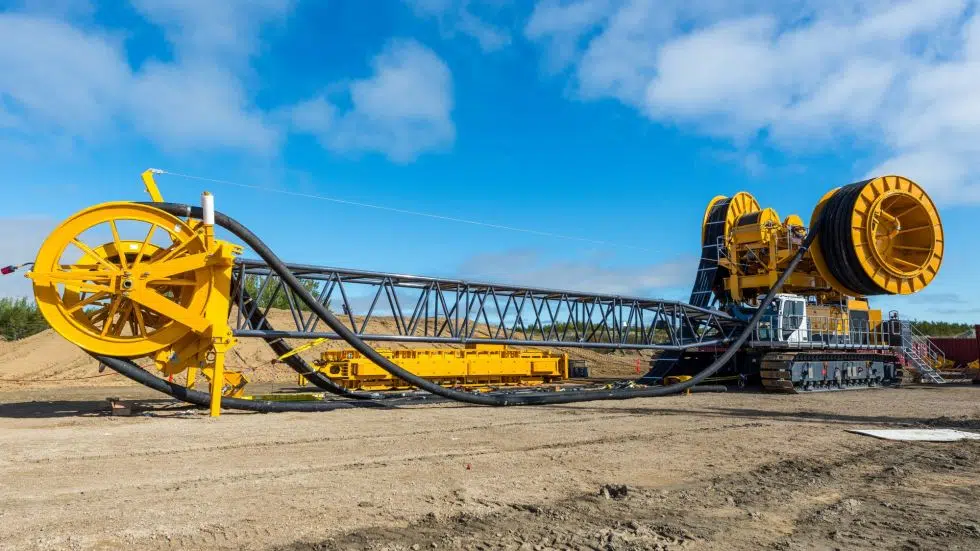
Rio Tinto set for ramp up of activity at Star Diamond site
Rio Tinto says it’s too early to speculate on the long term viability of the proposed diamond project in the Forte à la Corne forest 60 kilometres east of Prince Albert. It also stressed it’s too early to say what benefit or revenue-sharing arrangements may be possible with local Indigenous groups.
The mining giant is now ramping up its community engagement ahead of large scale exploration work for what the company labelled Project Falcon starting in the spring.
After decades of talk and hope around the region, it appears the gears are starting to grind on a project that has the potential to provide 700 jobs and generate big revenue for the provincial coffers, if it moves into full scale operation. The province confirmed the project’s environmental assessment approval in October.
Rio Tinto general manager of exploration in North America Mark Tait spoke to paNOW as they await the winter thaw before proceeding with a series of 10 huge sample holes at the Star-Orion South site.

